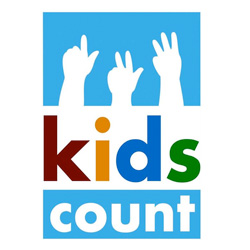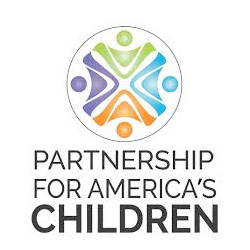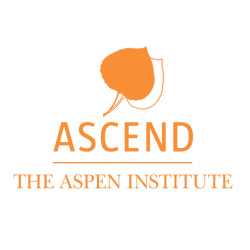Issues
Kids Count
Tagged under
September 25, 2019
New KIDS COUNT Data Snapshot "Children Living in High Poverty, Low-Opportunity Neighborhoods"
Tagged under
Tagged under
June 17, 2019
Utah Ranks Seventh Overall in Child Well-Being, but Falls Near the Bottom (41st) For Children Without Health Insurance
Tagged under
Tagged under
Tagged under
September 27, 2018
Utah KIDS COUNT Project Releases Annual Data - 2018 edition shows highs and lows for kids
Tagged under
September 25, 2018
State Report Highlights What’s at Risk for Children of Young Parents
Tagged under





